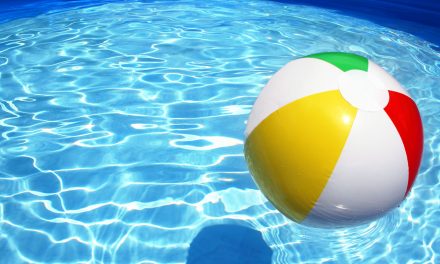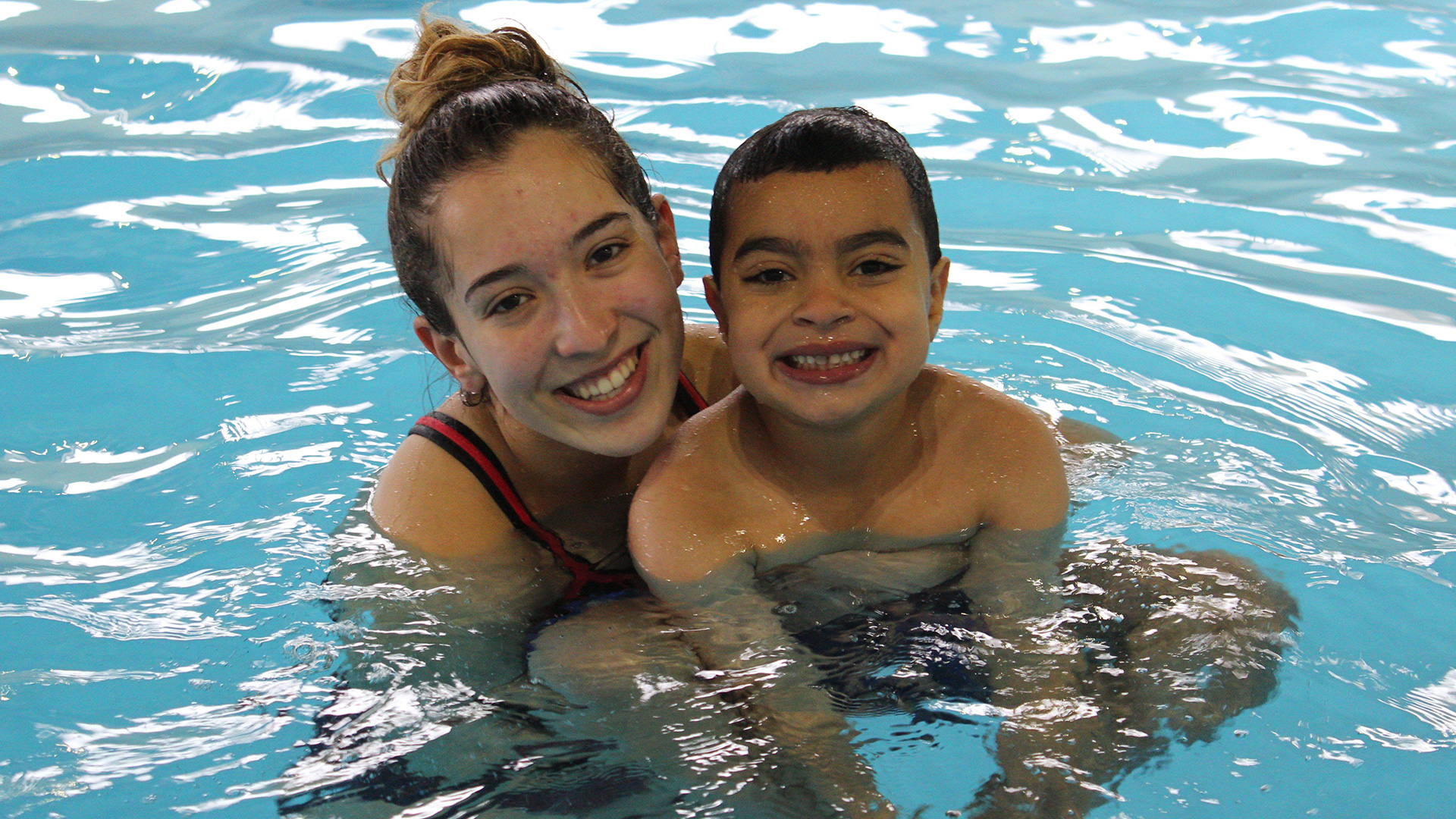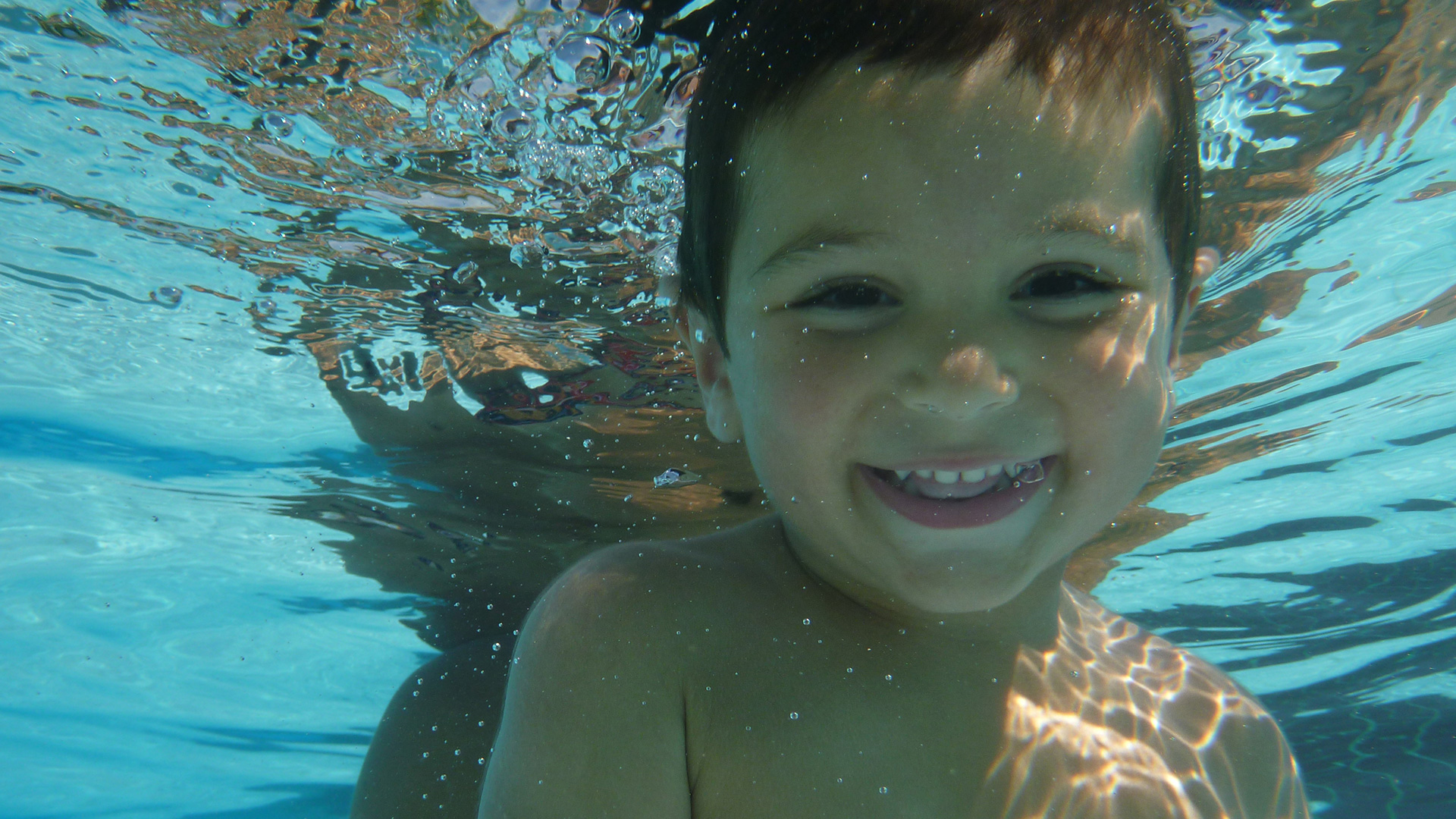Many people think that swim lessons can either be fun, or challenging, but not both. Classes can promote the love for the water. Or they can be results based, pushing kids hard, putting progress ahead of fun. They’re here to learn to survive first and foremost, right? Perhaps not.
The best swim instructors know how to walk the fine line between fun and firm. Tough but rewarding. Yin and yang. Maintaining that balance during a swim class yields the best results, where kids progress significantly and where they also fall in love with the sport. There are several philosophies which instructors can adapt into their style to embrace the “fun but firm” approach.
There must be balance between challenge and fun. This permits instructors to challenge their swimmers with really hard drills, with the added benefit of teaching children about work-reward. The level of reward must be proportional to the difficulty of the drill. The hardest drills should be rewarded with the swimmers favorite activity. For example, for my youngest swimmers (2 year olds), the most despised drill I do with them is the swim-float-swim drills, where children swim then flip on their back to breathe. This often results in water going up the nose, a very unpleasant sensation. However, following this drill, just as the swimmer loses their cool, I immediately launch them in the air into one of my famous Adam-presses or airplane-submarine. Tough drill forgotten.
Games with aims. These are especially effective for young swimmers, under 8 years old. Fittingly, Swimming Canada refers to this period of swimmer development as the FUNdamentals. At young ages, kids are inspired by fun. Instructors with a plethora of experience and tactics know which games to ‘play’ which simultaneously help kids learn important skills. Some typical examples include the use of dive rings to learn to swim underwater, or pretending to be a mermaid to learn dolphin (butterfly) kick. Some instructors can take this to a whole other level with creativity and imagination, creating entire story lines and fantasy worlds to guide their swimmers through, while at the same time adapting skill-learning techniques.
Quick awesomes. Are exactly that. A fast but incredible reward which should always immediately follow the drill. This is an excellent approach for all kids, but specifically for older kids, where the lessons are where the majority of time needs to be allocated to learning. And quick is the key: a double-high five where the instructor falls backwards into the pool (getting a great giggle out of the kid) lasts no more than 10 seconds, but is equivalent in fun to a 3 minute game of basketball in the pool. Other examples: Picking a kid up and throwing them across the pool, quickly climbing out and jumping in making the biggest splash possible.. There are endless quick and rewarding games. Imagine an instructor plays 3 games of 3min each, in a 30min class – this is a whopping 30% of the class spent on games versus learning. Parents will be quick to pick up on this. Now imagine the same instructor who doing 5x10sec quick awesomes; less than 3% of the class on equally rewarding activities, and thus more time on learning.
Finding the balance is not easy. How swim instructors choose to allocate time in their lessons is unique to each instructors based on their personality, experiences, and goals for the lesson. But once you find it, there no limit to the results and fun that can be had.












